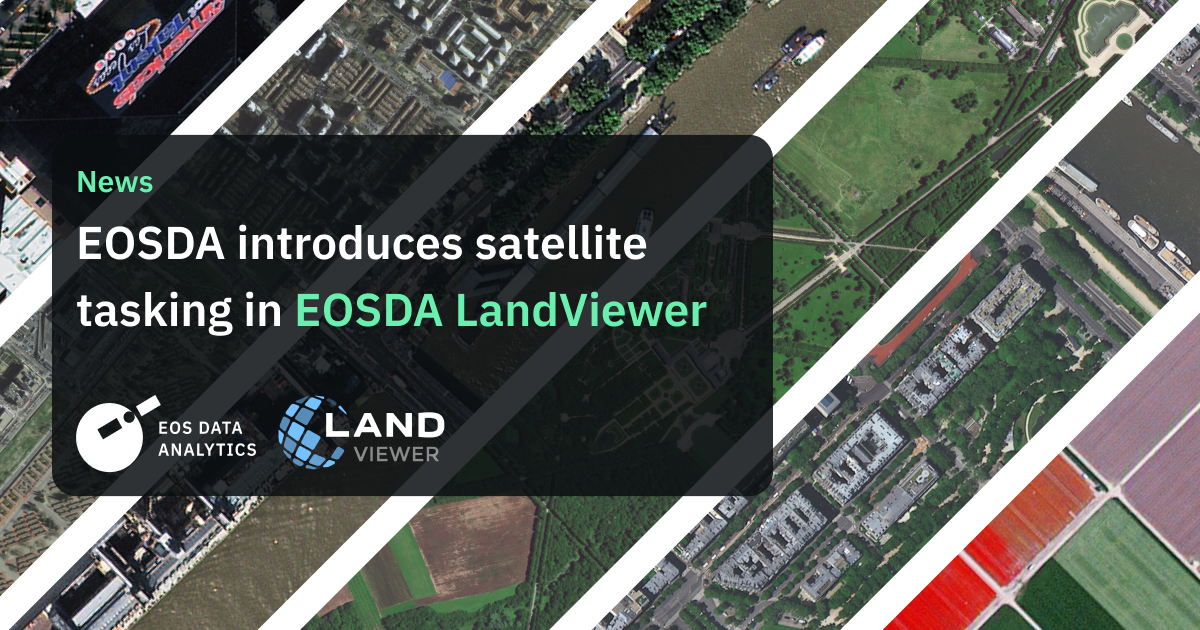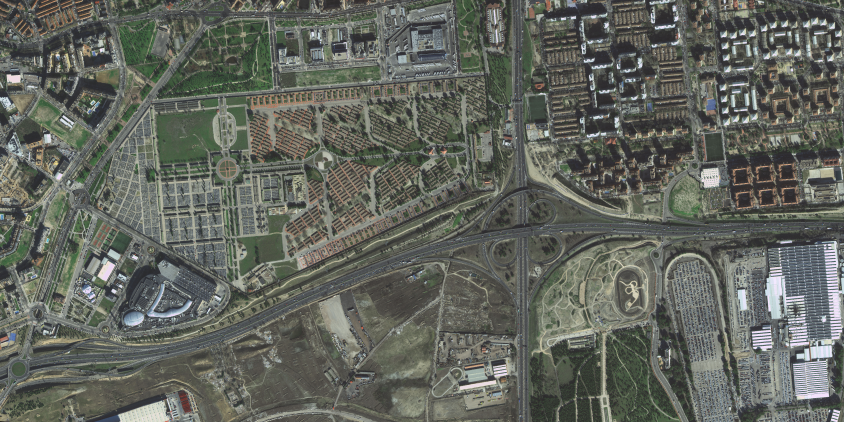EOS Data Analytics, known as one of the leading providers of geospatial information to the agribusiness industry, has upgraded its EOSDA LandViewer service. It now offers the function of tasking satellites to photograph a certain area of the surface in the future.

EOSDA LandViewer service update
EOS Data Analytics is one of the world’s leading providers of geospatial information and has upgraded its EOSDA LandViewer service. The company specializes in serving agriculture and agribusiness and providing it with data collected by vehicles orbiting the Earth.
For this purpose, EOS Data Analytics provides its customers with easy access to imagery using EOSDA LandViewer. It allows customers to examine images taken by devices from different companies and find out what condition their fields of interest are in.
Among other things, EOSDA LandViewer provides the ability to compare two images of the same field taken at different times. From them you can conclude what changes have happened to the plants.
Now the company has taken the next step. Now in EOSDA LandViewer you can not only view the images that have already been received by different satellites, but also set tasks for them to study those areas of land that are of interest to you.

What will be the quality of the pictures?
“The launch of the satellite ordering function in EOSDA LandViewer is an important milestone for us. It allows our users to order relevant high-resolution satellite imagery of their areas of interest, monitor via estimated frequency of satellite access and benefit from more flexible cooperation with satellite providers. This feature not only enhances the value offered to our customers, but also opens up new opportunities for accurate and timely decision making,” shares Victoriia Troian, Product Manager at EOSDA LandViewer.
According to the company, the resolution of the surface images, which can be ordered through the EOSDA LandViewer service, will range from 0.3 to 0.8 meters. It will all depend on which satellite will be used to get the image.
The Beijing-3N and SuperView NEO-1 provide the best resolution of 0.3 m. Next are SuperView-2 and KOMPSAT-3A with a resolution of 0.4 m/pixel and Beijing-3A, SuperView 1, SuperView 2 and SuperView 1, in which the images have a resolution of 0.5 m/pixel. Finally, TripleSat provides a resolution of 0.8 m/pixel.
Affiliate publication


